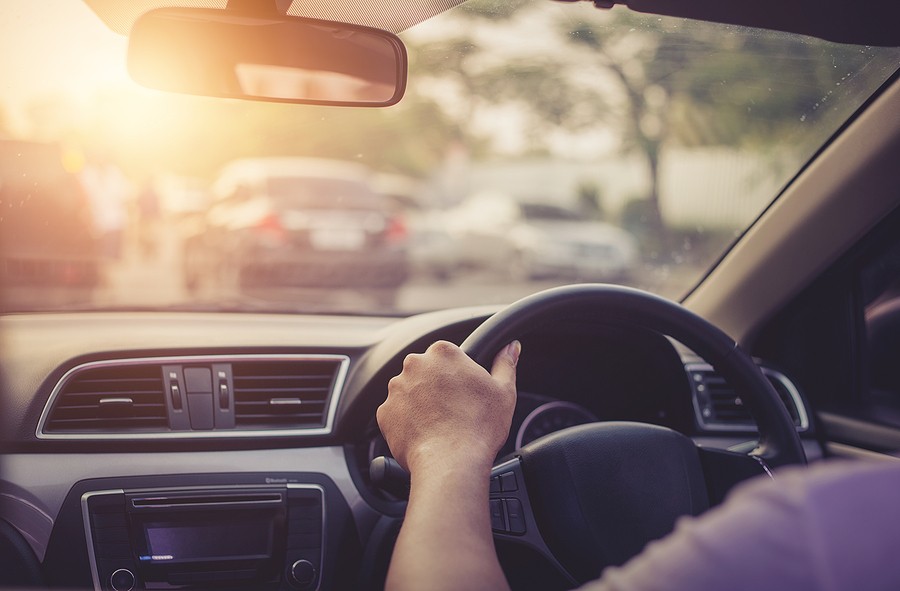Embarking on a long road trip is always an exciting venture. However, ensuring that your car is in tip-top condition is vital for a safe and enjoyable journey. In this comprehensive guide, we delve deep into the various safety checks that you should perform before hitting the road. Strap in as we guide you through a thorough inspection process that guarantees a smooth and secure road trip.

1. Engine and Transmission Check
1.1 Fluid Levels
Before setting off, it is crucial to check all the vital fluid levels in your car, including engine oil, transmission fluid, brake fluid, and coolant. Maintaining proper fluid levels ensures that your vehicle's engine and transmission run smoothly, reducing the risk of overheating and wear. Ensure that the fluids are clean and topped up to the recommended levels.
1.2 Belts and Chains
Belts and chains are critical components of your car's engine. Inspect them for signs of wear, such as cracks or fraying. If these parts are worn out, they can break and cause significant damage to your vehicle's engine. Consider replacing them if they show any signs of deterioration.
1.3 Spark Plugs
Spark plugs play a pivotal role in the engine's ignition system. Worn or fouled spark plugs can lead to decreased fuel efficiency and engine performance. Check the spark plugs for signs of wear and replace them if necessary to ensure optimal engine performance.
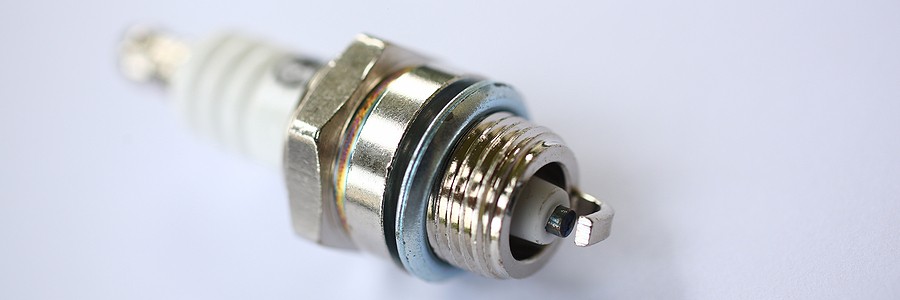
1.4 Air Filters
A clean air filter is essential for maintaining your car's engine health. Before your road trip, check the air filter and replace it if it's dirty or clogged. A clean air filter will enhance fuel efficiency and ensure that your engine gets the clean air it needs to function correctly.
2. Tire Safety Checks
2.1 Tire Pressure
Ensuring the correct tire pressure is fundamental for a safe road trip. Incorrect tire pressure can lead to reduced fuel efficiency, impaired handling, and increased tire wear. Check the tire pressure using a reliable tire gauge and adjust it according to the manufacturer's recommendations.
2.2 Tire Tread
The tire tread is responsible for providing grip on the road. Check the tread depth using a penny or a tread depth gauge to ensure it is within the safe limit. If the tread is worn down, consider replacing the tires to prevent potential accidents due to skidding or hydroplaning.
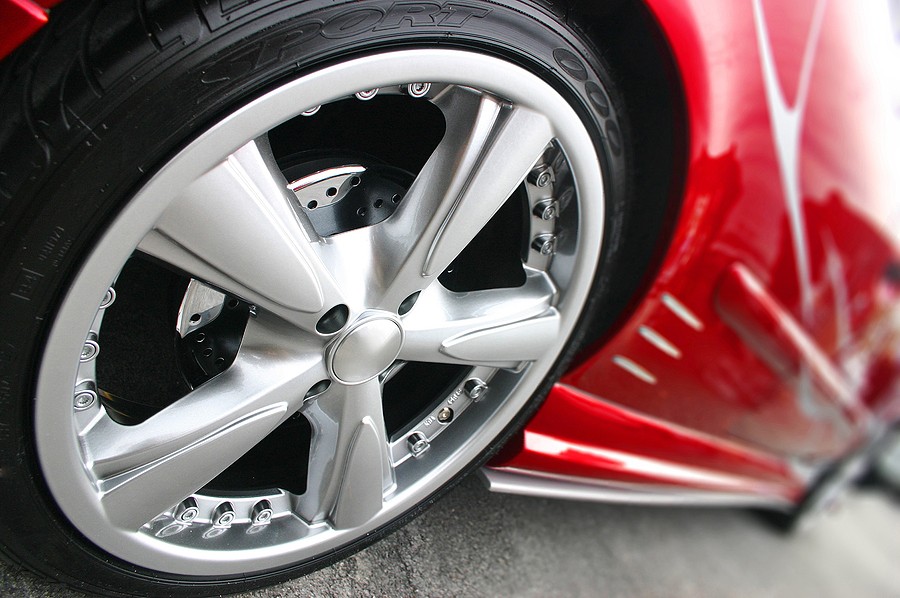
2.3 Tire Alignment
Proper tire alignment ensures that your vehicle drives straight and does not pull to one side. If you notice uneven tire wear or your car drifting to one side while driving, it might be time to get the alignment checked and corrected by a professional.
2.4 Spare Tire
Do not overlook the condition of your spare tire. Ensure that it is in good condition and properly inflated. Having a usable spare tire is essential in case of a flat tire during your trip.
3. Brakes and Suspension
3.1 Brake Pads and Rotors
Inspect the brake pads and rotors for signs of wear. If the brake pads are worn down or the rotors show signs of damage, consider getting them replaced to ensure effective braking performance during your road trip.
3.2 Brake Fluid
Check the level and condition of the brake fluid. If the fluid is low or appears dirty, it might be time for a brake fluid change. Maintaining proper brake fluid levels is vital for optimal brake performance.
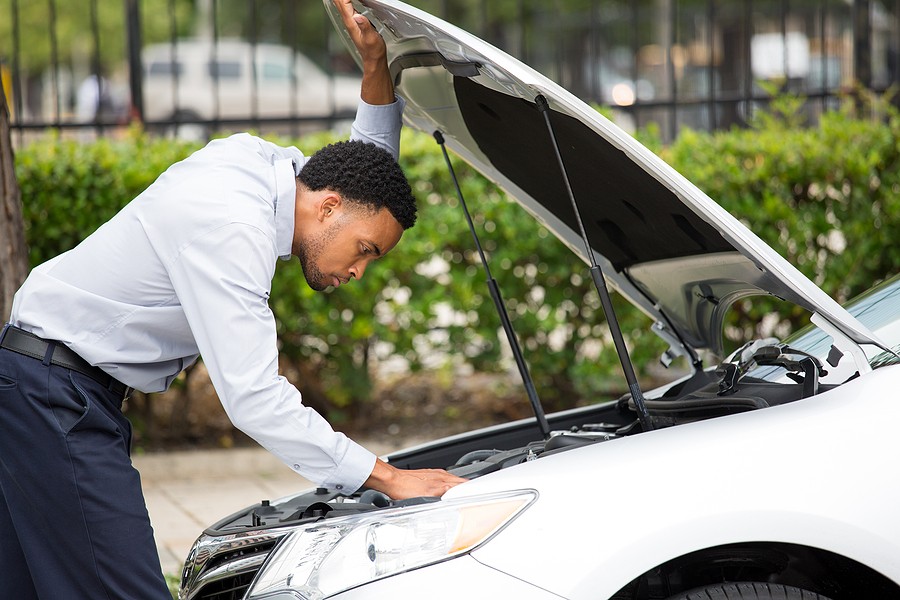
3.3 Suspension Components
Before your road trip, inspect the suspension components, including shocks and struts, for signs of wear or damage. A healthy suspension system ensures a comfortable ride and better control over the vehicle.
3.4 Wheel Bearings
Wheel bearings play a crucial role in the smooth operation of your vehicle. Check for any noises or play in the wheel bearings, as these could be signs of wear. If necessary, replace worn wheel bearings to prevent potential breakdowns during your trip.
4. Lighting and Electrical Systems
4.1 Headlights and Taillights
A clear vision is pivotal for safe driving, especially during nighttime or in foggy conditions. Check both the headlights and taillights to ensure they are functioning correctly. Replace any dim or burnt-out bulbs. Also, clean the light lenses to ensure maximum visibility.
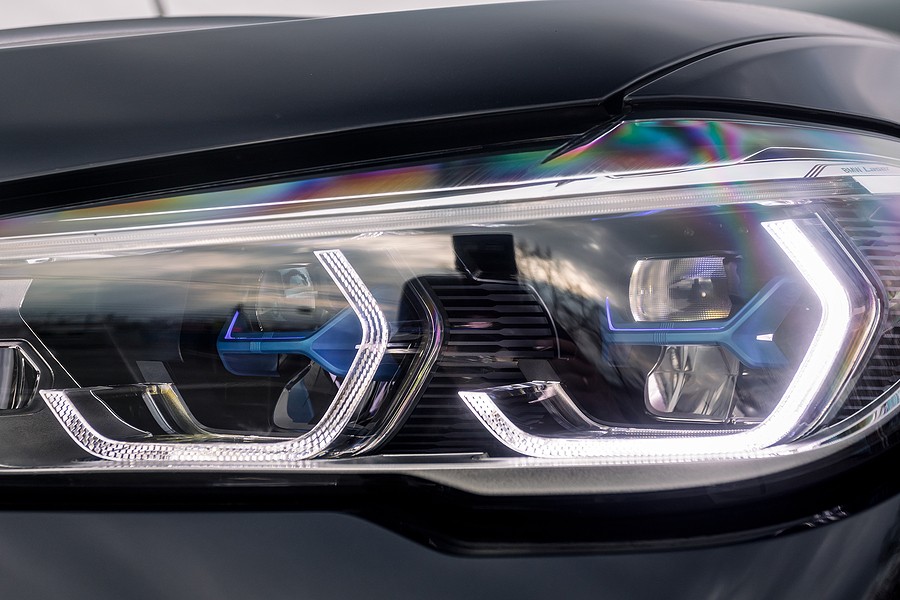
4.2 Brake and Turn Signals
Brake lights and turn signals communicate your intentions to other drivers. It's essential to ensure that all these lights are working correctly. Regularly inspect them and replace any malfunctioning bulbs immediately.
4.3 Battery Check
The car battery is the heart of the vehicle's electrical system. Ensure your battery is fully charged and free from corrosion. If your battery is old or shows signs of wear, consider replacing it before your trip to prevent unwanted breakdowns.
4.4 Fuses and Wiring
Inspect the car's fuses to make sure none are blown. Check the wiring for any signs of fraying or damage. Damaged wiring can lead to electrical malfunctions, which can be hazardous during a road trip.
5. Windshield and Wipers
5.1 Windshield Inspection
Check your windshield for any cracks or chips. Even a small chip can expand and become a significant crack while driving, impairing your vision and jeopardizing safety.
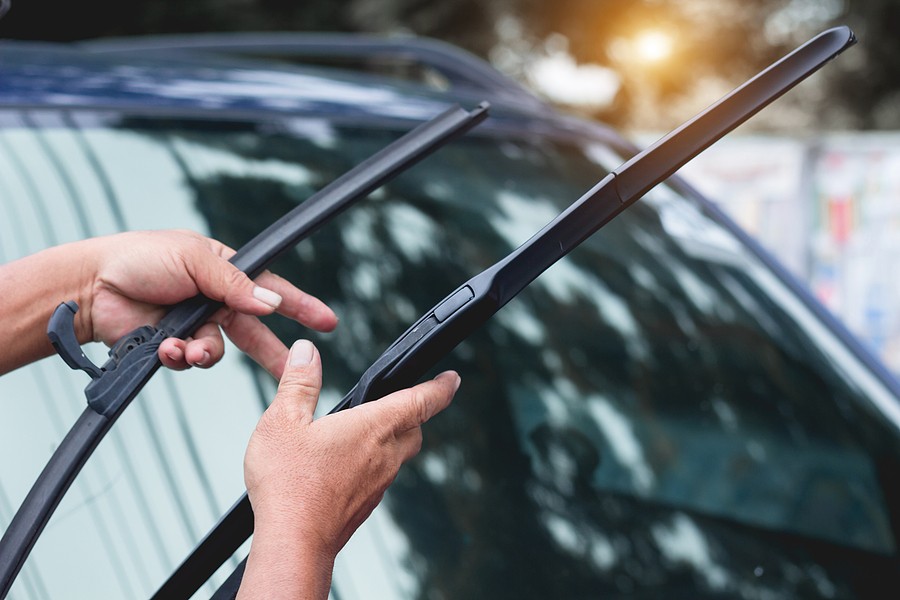
5.2 Wiper Blades
Wiper blades are essential for clear visibility during rain. Inspect the blades for any signs of wear or damage. Replace them if they don't clear the water effectively or if they produce streaks on the windshield.
5.3 Washer Fluid
Regularly top up the windshield washer fluid. It's essential to have an adequate supply to keep your windshield clean from dirt, bugs, and other debris during your trip.
5.4 Wiper Motor and Linkage
Ensure that the wiper motor is functioning correctly and that the linkage is intact. A malfunctioning wiper system can be particularly troublesome during unexpected rain, impairing your visibility.
6. Interior and Comfort Checks
6.1 Air Conditioning and Heating
For a comfortable journey, ensure that both the air conditioning and heating systems are working optimally. Clean or replace cabin air filters to ensure efficient airflow and to prevent any unpleasant odors.
6.2 Seatbelts
Seatbelts are crucial for safety. Check all seatbelts in the car for signs of wear or damage. Ensure they latch correctly and retract smoothly.
6.3 Mirrors
Adjust all mirrors – side mirrors and rearview – for optimal visibility. Ensure they are clean and free from any obstructions.
6.4 Horn and Alarms
Test the car horn to ensure it's loud and clear. It's a vital tool for alerting other road users in case of potential hazards. Also, ensure that any alarms or safety alert systems in your vehicle are functioning correctly.
7. Emergency Preparedness
7.1 First Aid Kit
Always carry a well-stocked first aid kit in your car. It should include bandages, antiseptics, pain relievers, and other essential items to address minor injuries.
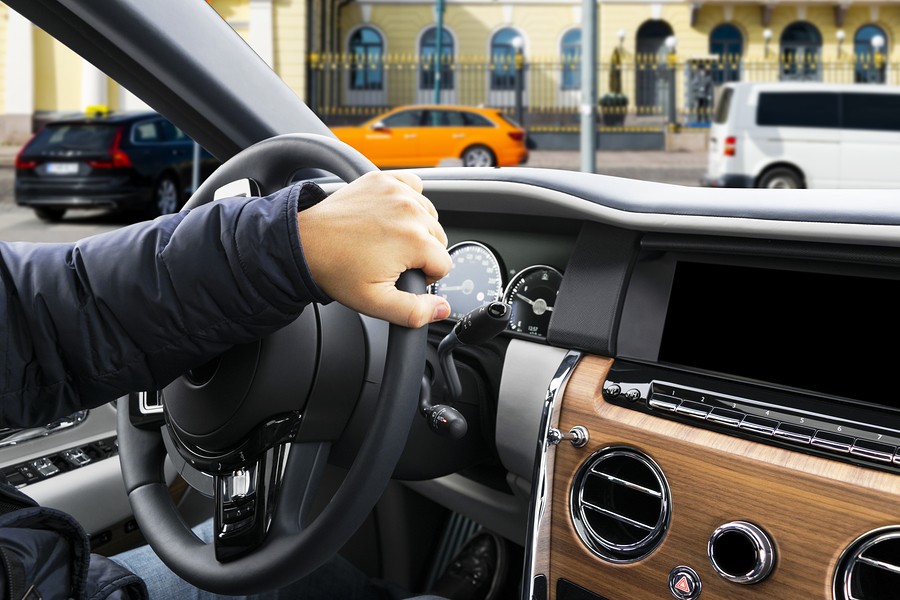
7.2 Tools and Equipment
Ensure you have essential tools like a jack, lug wrench, and screwdrivers. Also, carry jumper cables and a flashlight with extra batteries.
7.3 Fire Extinguisher
A car-specific fire extinguisher can be a lifesaver in case of a fire emergency. Ensure it's accessible and check its expiry date.
7.4 Emergency Contact Information
Have a list of emergency contacts, including roadside assistance, medical facilities, and close family or friends. This can be vital in case of an unforeseen event during your trip.

Conclusion
A long road trip is an adventure waiting to unfold. Ensuring that your car is in peak condition can make the difference between a memorable journey and an unpleasant experience. By following this comprehensive safety check guide, you can confidently embark on your road trip, knowing that you've done your best to guarantee the safety of everyone on board. Safe travels!

